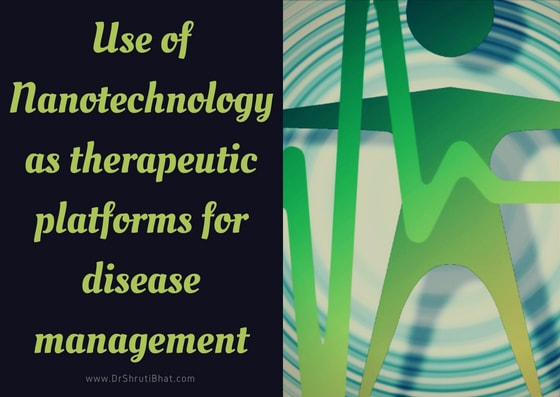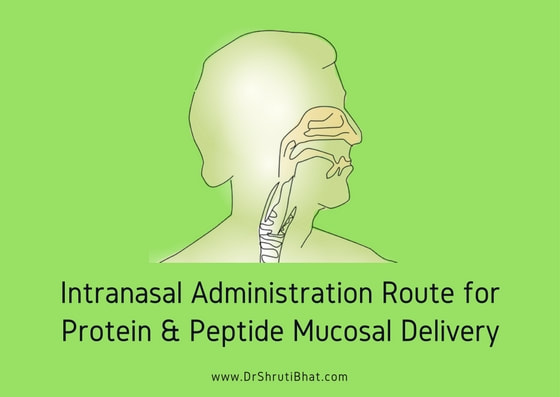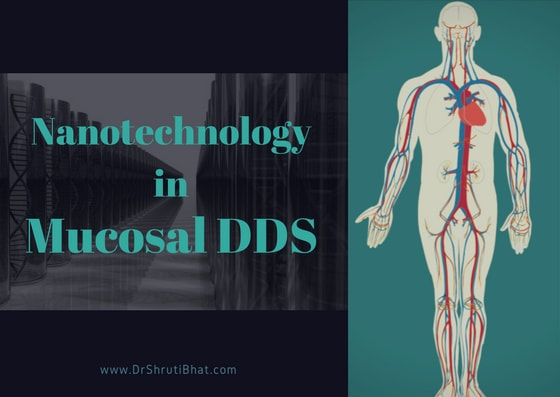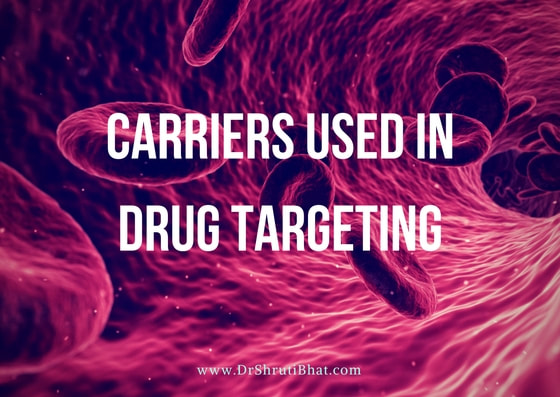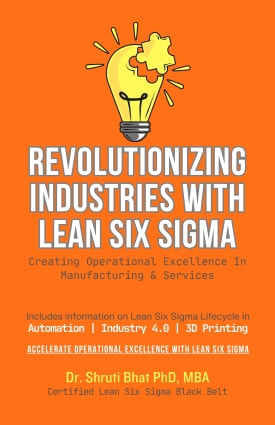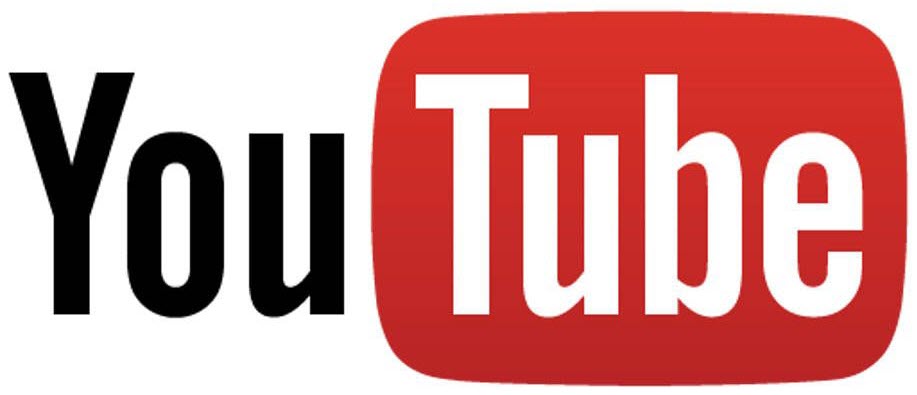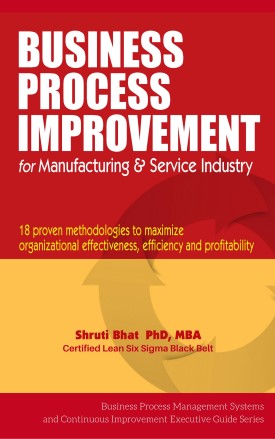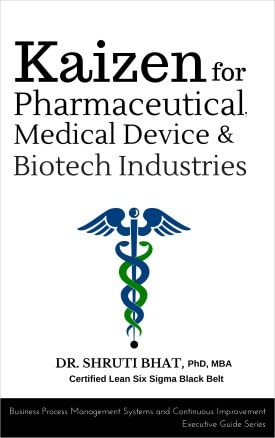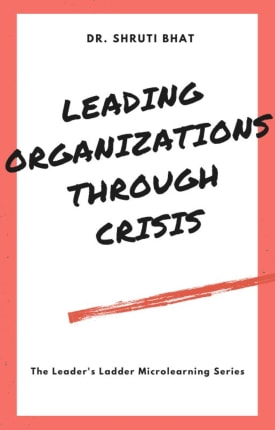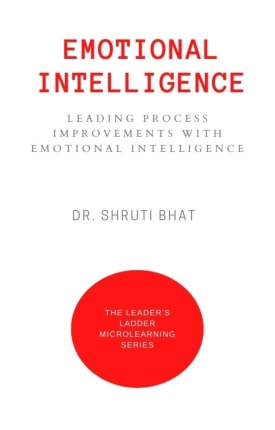Scientists at Brigham and Women's Hospital and the Harvard-MIT Division of Health Sciences and Technology have developed new nanoparticles from a modified polymer that can more efficiently load up on cancer drugs and deliver them more precisely.
These new nanoparticles inhibit the MARK signaling pathway, which helps prevent the spread of cancer cells and makes tumors more susceptible to chemotherapy.
"Current chemotherapy drugs must be administered in high concentration throughout the body in order to destroy tumor cells, translating to high toxicity and discomfort for the patient, mainly due to the effects on normal cells," co-lead author Rania Harfouche said in a release. By modifying the polymer, researchers "allow for lower drug concentrations to be used, and provide opportunity for more potent treatments with lesser side-effects for the patient."
In a study involving mice, the nanoparticles inhibited tumor growth. And the scientists say that this new approach to cancer therapy could have wide applicability.
Scientist creates 'nanocage' drug delivery system.
Washington University's Younan Xia has been attracting considerable attention for his research work on microcapsules that can precisely deliver a drug payload right where it's needed.
Using a near infrared light, the scientist can trigger a collapse at any point, leaving the tissue unharmed. Adjusting the light can recalibrate the release rate. And by designing the polymers to latch onto specific disease targets, such as a tumor, Xia believes he can concentrate the drug right where it's needed.
Nanoparticles used to deliver targeted ED drugs.
Nanoparticles "smaller than a grain of pollen" have been engineered to carry minute quantities of therapeutics for erectile dysfunction, effectively delivering the drug directly through the skin in animal models. And the team of researchers at Albert Einstein College of Medicine at Yeshiva
University says that the same approach could be a better alternative to existing drugs while safely working in men who currently are prohibited from taking the tablet meds.
The oral drugs are associated with a number of side effects, including blurred vision and upset stomachs. Men who have suffered a heart attack, meanwhile, are prevented from getting the ED drugs at all. But the researchers say that a locally applied topical solution was effective without side effects in rodents. ED drugs have been prominent best-sellers and an improved approach could also prove to be highly profitable.
Nanoparticles boost antibacterial treatments.
The University of Liverpool and IOTA NanoSolutions have developed man-made nanoparticles that could increase the effectiveness of antibacterial treatments. Many current drugs are insoluble and need to be administered at higher doses in order to work. However, this increases the chances that bacteria and other organisms will build up a resistance to the drugs. In time, new formulations of medicines must be developed in order to knock out the mutated organisms.
"Already our technology has shown the potential to improve a range of current medicines and may lead to treatments that prevent drug resistance," said Professor Steve Rannard, from the Department of Chemistry, who is also co-founder and current Chief Scientific Officer of IOTA NanoSolutions. "If our approach can deliver new antimalarial treatments, it may help to prevent millions of deaths per year and improve the lives of hundreds of millions of current malaria sufferers."
Drugs with the ability to dissolve have much stronger efficacy, however many drugs are insoluble. In order to compensate, drugs often need to be administered in higher doses. This increases the possibility of bacteria and other organisms mutating as the high doses make it easier for them to build resistance to the drugs. This leads to treatments becoming obsolete and the need for new medicines to be developed.
Chemists at the University of Liverpool working with IOTA NanoSolutions have now developed a new technology to produce nanoparticles of insoluble drugs that mimic the behaviour and the effectiveness of dissolved drugs.
Nanoparticles are man-made particles manufactured for use in a number of industries including the cosmetic and pharmaceutical industry; they can make materials stronger, lighter and cleaner.
Professor Steve Rannard, from the Department of Chemistry who is also co-founder and current Chief Scientific Officer of IOTA NanoSolutions, said: "Already our technology has shown the potential to improve a range of current medicines and may lead to treatments that prevent drug resistance. If our approach can deliver new antimalarial treatments, it may help to prevent millions of deaths per year and improve the lives of hundreds of millions of current malaria sufferers."
A research team at Washington University in St. Louis has combined a nanoparticle platform used in imaging growing blood vessels and combined it with the fungal drug fumagillin to create a new weapon to fight the growth of tumors. Fumagillin has long been known as a potent anti-cancer therapy, but its neurotoxic side effects are too harsh for patients. To circumvent the side effects, the scientists adapted nanoparticles designed to dock on a protein carpeted on endothelial cells clustered on the walls of new blood vessels and loaded them with fumagillin. By targeting the therapy directly at the new blood vessels, the therapy can stop angiogenesis, a key target in oncology research.
"It basically becomes a vehicle to dump off a truckload of cargo," Joseph DeSimone of the University of North Carolina tells MIT Technology Review. "It's sort of like a Trojan horse."
There are a number of research programs underway relying on animal studies to determine the effect of new nanoparticle technologies that can interrupt angiogenesis. First-generation nanoparticle therapies rely on passive delivery methods while this second generation round of research is working on new technology aimed at more precise targeting of disease.
Nanomaterials used to fix neuron damage.
Northwestern University researcher Samuel Stupp has presented the results of a study in which he injected nanomaterials into the severed spinal cords of mice, allowing them to walk again after several weeks of therapy. The nanomaterials he used were designed to self-assemble into nanofibers which repaired damaged neurons. The research offers new insights into the near-term research potential of nanotechnology and offers hope for patients with Alzheimer's and Parkinson's who suffer from severe neuron damage.
"Regenerating bone and cartilage are our first targets," Stupp told the Chicago Tribune. "That would be very important to Baby Boomers who value their quality of life. We are also working with regenerating blood vessels to address damage from heart attacks. (Nanotechnology) will first aid in diagnosing illness, but it also will provide therapies to alleviate or cure."
Nanoparticles offer ovarian cancer treatment approach.
Magnetic nanoparticles have been used to ‘drag' cancer cells out of the bodies of mice. Scientists at Georgia Tech coated the nanoparticles with a targeting molecule that caused them to bond to the cancer cells. And the researchers say the approach could be used to treat metastatic ovarian cancer. During metastasis, the cancer cells drift in the abdominal area, offering a target for the nanoparticles. They believe that a patient's abdominal fluid could be drained, cancer cells filtered out, and then infused back into the abdominal cavity.
"It's possible that the particles may not ever have to go into the patient's body," says John McDonald, the chief scientific officer of the Ovarian Cancer Institute at Georgia Tech. "That would be preferable, because then you don't have to worry about any potential toxicity."
Follow Shruti on Twitter, Facebook, YouTube, LinkedIn
#DrShrutiBhat #NanoTechnology #AdvancesInDrugDelivery #AntiCancerResearch

